Louise Garman’s huge watercolour and chalk fabric depicts a purple sky and a full moon rising from a flare of bright yellow. You might get it. You might not. Until you read the title and stand back…Moonrise Over the M60.
The artwork is hanging from a tree, as the constant hum of the not-too-distant motorway traffic provides the soundtrack. The yellow is the mass of headlights on the M60 which, at night and in rain, blinds any environment in sight.
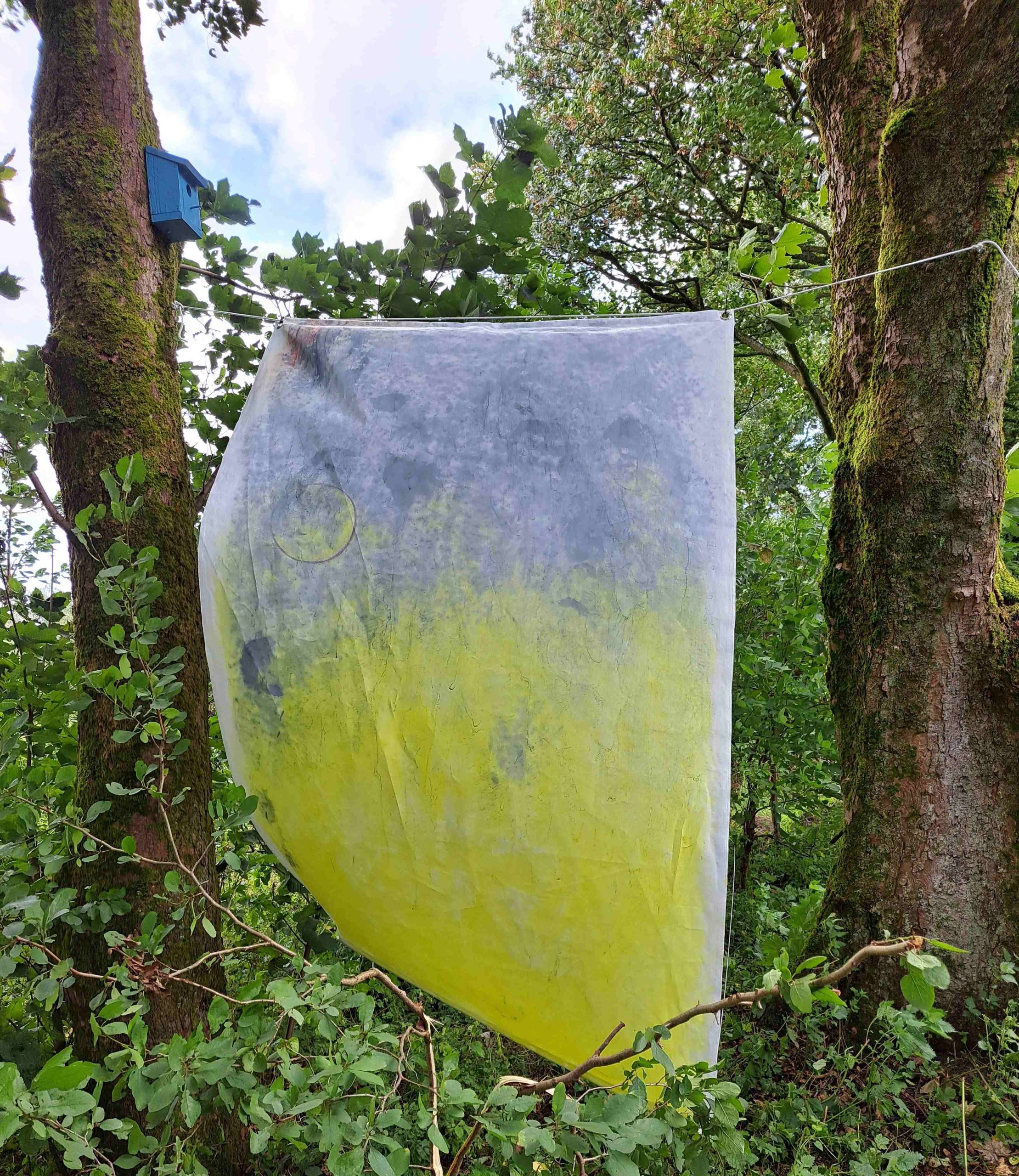
It doesn’t get any more site specific than this…except that in Louise’s exhibition it constantly does. A few steps further on is a vastly oversize, empty, multi-coloured frame, carefully and accurately mounted specially for the occasion.
This piece is playfully titled ‘Constable Landscape and M60’, and through it is a gleaming green meadow in the foreground, and, beyond, cars and lorries motoring in real-life-time up and down what’s known as ‘Death Valley’ due to the amount of crashes. The contrast and composition couldn’t be better, given the title of the show…Human Nature.
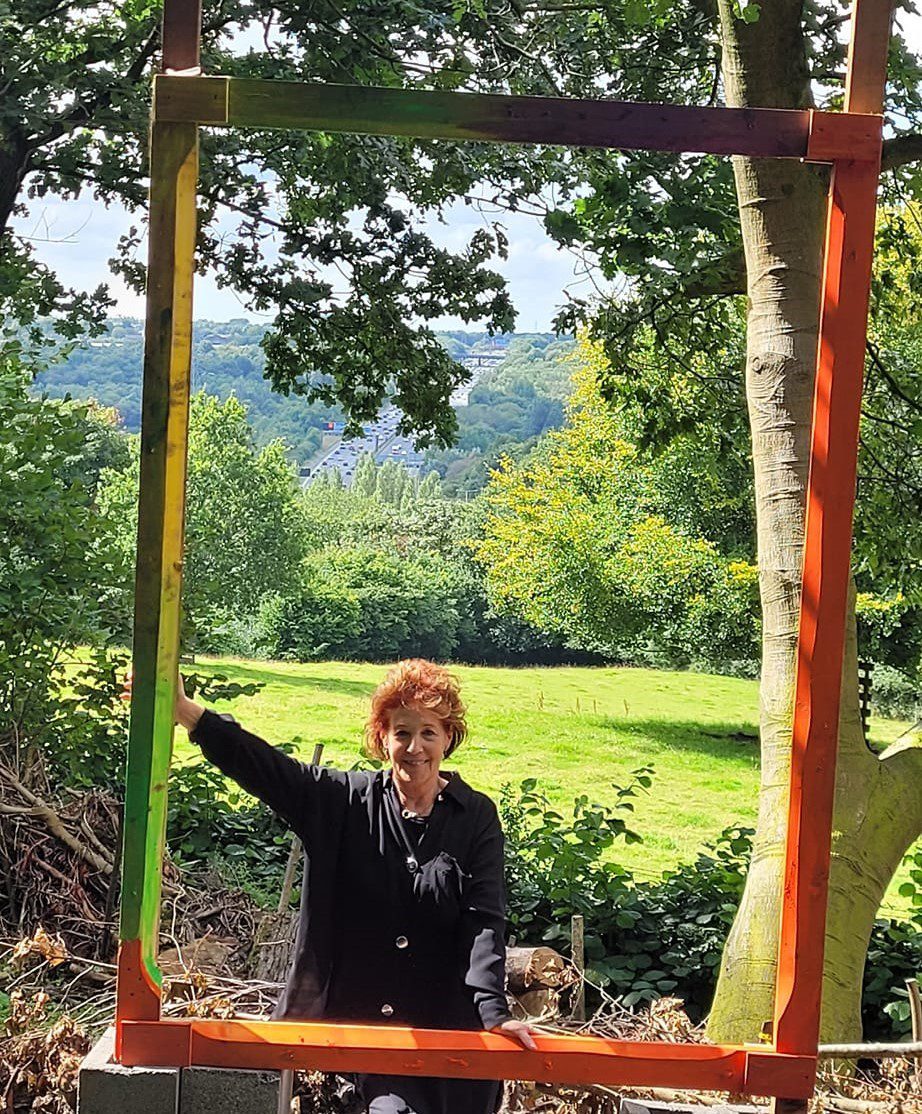
Louise Garman, who graduated from the Chelsea School of Art and studied at the Royal Academy and Slade, is the Bury New Road project resident artist. This two -day pop-up exhibition, which ran 24th to 25th August, comprised of artworks based on her walks through the foliaged-up spaces of Prestwich Clough, Drinkwater Park and Philips Park, all a few hundred yards behind the A56…
While nature has re-claimed much of the area, remnants of the industrial past still stand – the massive arched viaduct in Drinkwater, the out-buildings of Philips Hall and the lakes built for workers to fish. Meanwhile, pylons and high velocity electric cables loom everywhere for the now…
“My work centres on man’s effect on nature, and nature’s effect on man, as the two slice into each other” Louise explains on a board at the entrance to the trail at the Incredible Edible HQ in Philips Park.
Here, attached to the Park itself, Incredible Edible Prestwich and District volunteers have transformed the space into an amazing community food, herb and flower growing co-operation, while keeping the natural forest wild for groups to enjoy. For this exhibition the forest has also been turned into an arboreal gallery, as visitors follow ribbon-lined paths through the visual thinking of the artist.
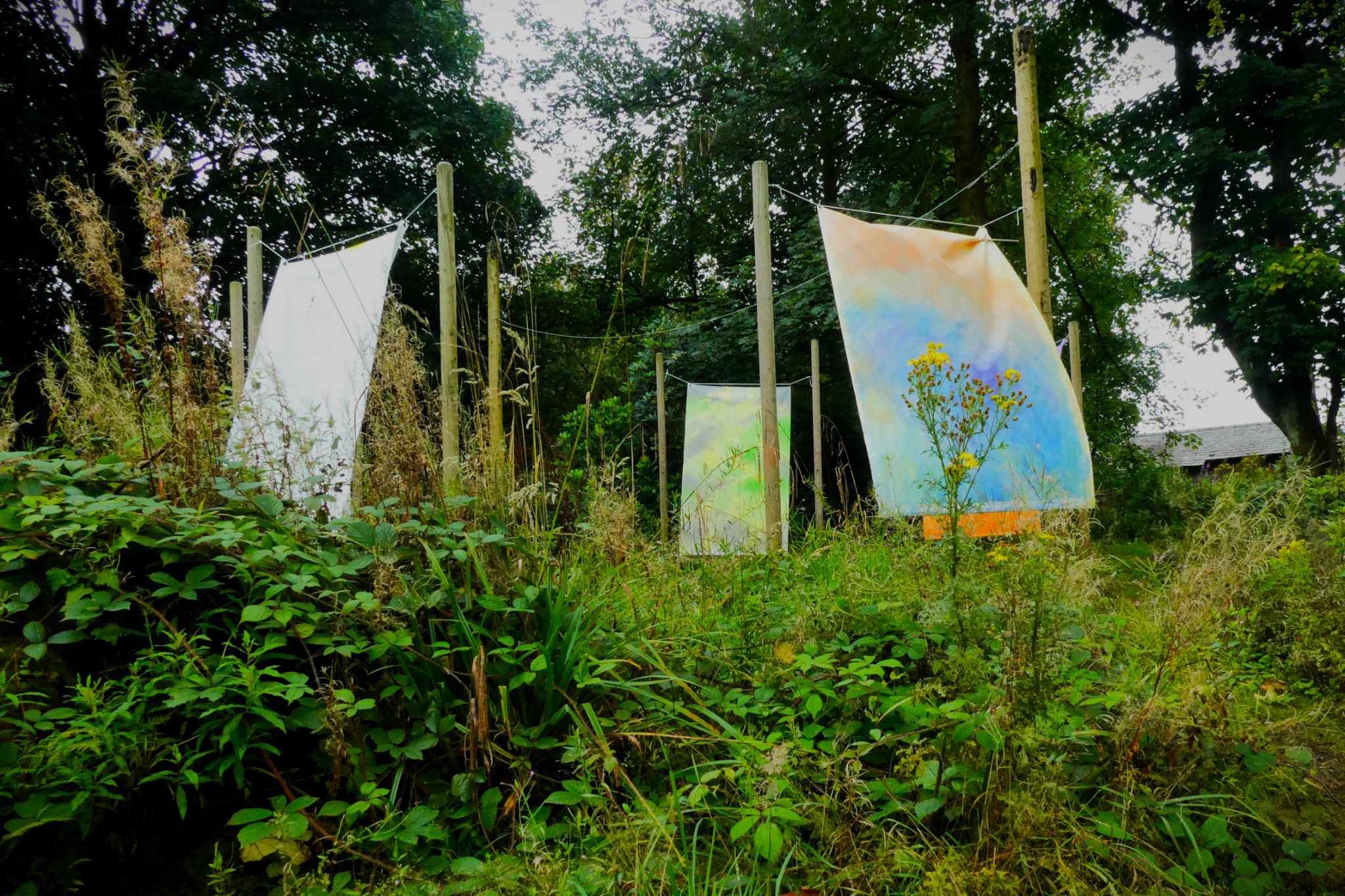
The Circle of Hangings features five brightly coloured fabrics hanging on lines like nature’s angst ridden washing. Look closely and they’re techno-coloured landscapes, with winding roads going through hills, wind turbines, pylons and criss-cross aeroplane vapour trails slashing the scene. There’s one called Turbines of Your Mind and another titled Energy Lines in Orange.

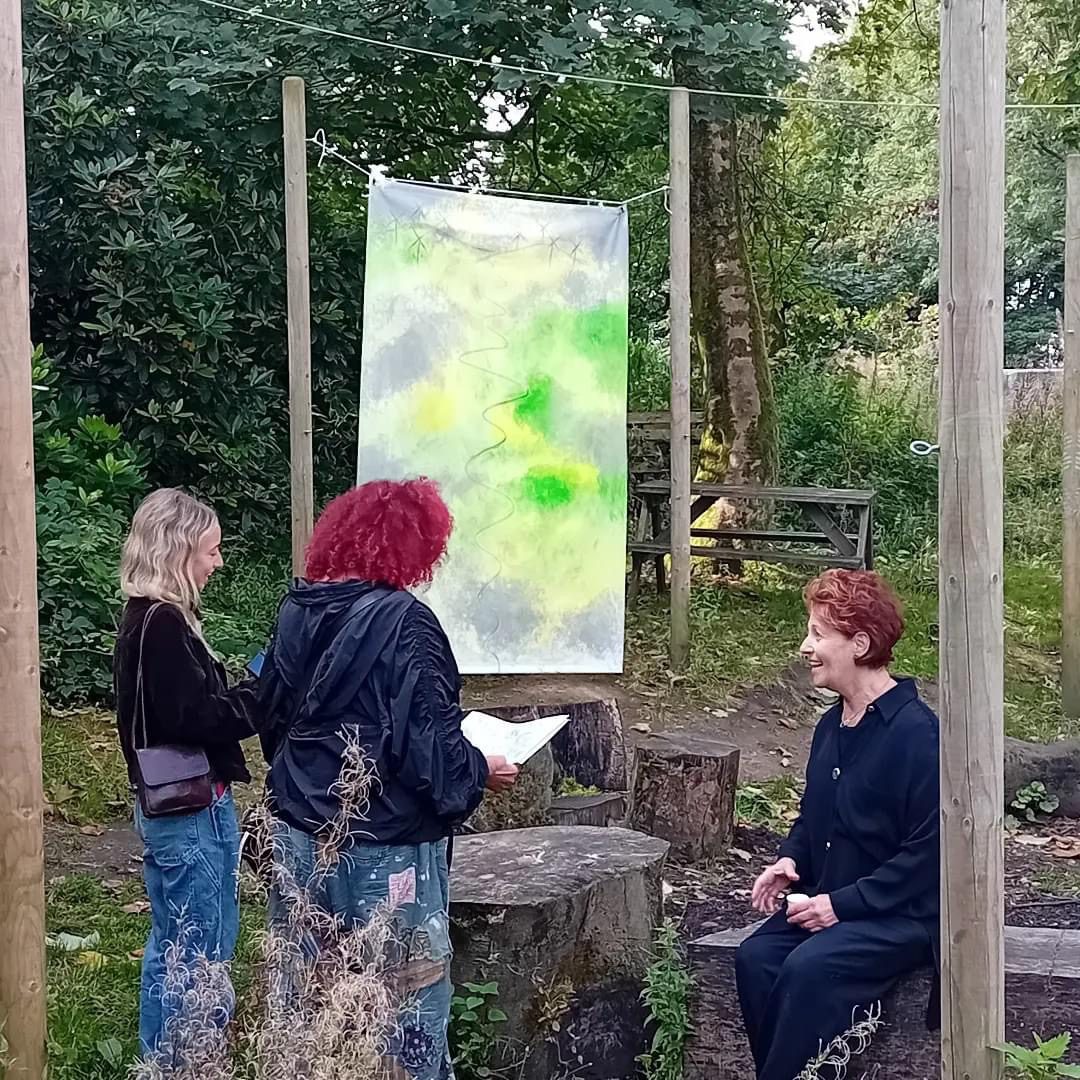
As visitors follow the paths they come across song lyrics and prose ribboned to the bushes and related to the theme, from The Orb’s Little Fluffy Clouds to Wooden Shjips’ Staring At The Sun to John Muir, the 19th Century ecologist who wrote “And into the forest I go to lose my mind and find my soul.”
There’s Shakespeare, Dylan, Thomas Hardy and Chat GTP, which answers the request to describe a tree creatively in one sentence… ‘A tree stands as nature’s silent storyteller, its ancient trunk and whispering leaves weaving tales of resilience and wonder, reaching skyward in a majestic symphony of life’. Not bad for a beginner…
Words loom large everywhere, with posters stamped with ‘Secret Places’, ‘Discarded’, ‘Abandoned’ nailed to trees. But it is the hangings that stand out, each where they shouldn’t really be, shining dreamy artistic light on a vital theme.
The short trail ends in an open grassy area where community artworks from the dozen workshops that Louise ran in the build up to the exhibition are displayed on industrial grills. At the centre of the area is a wigwam made of gold-sprayed branches holding a multi-coloured bicycle wheel.
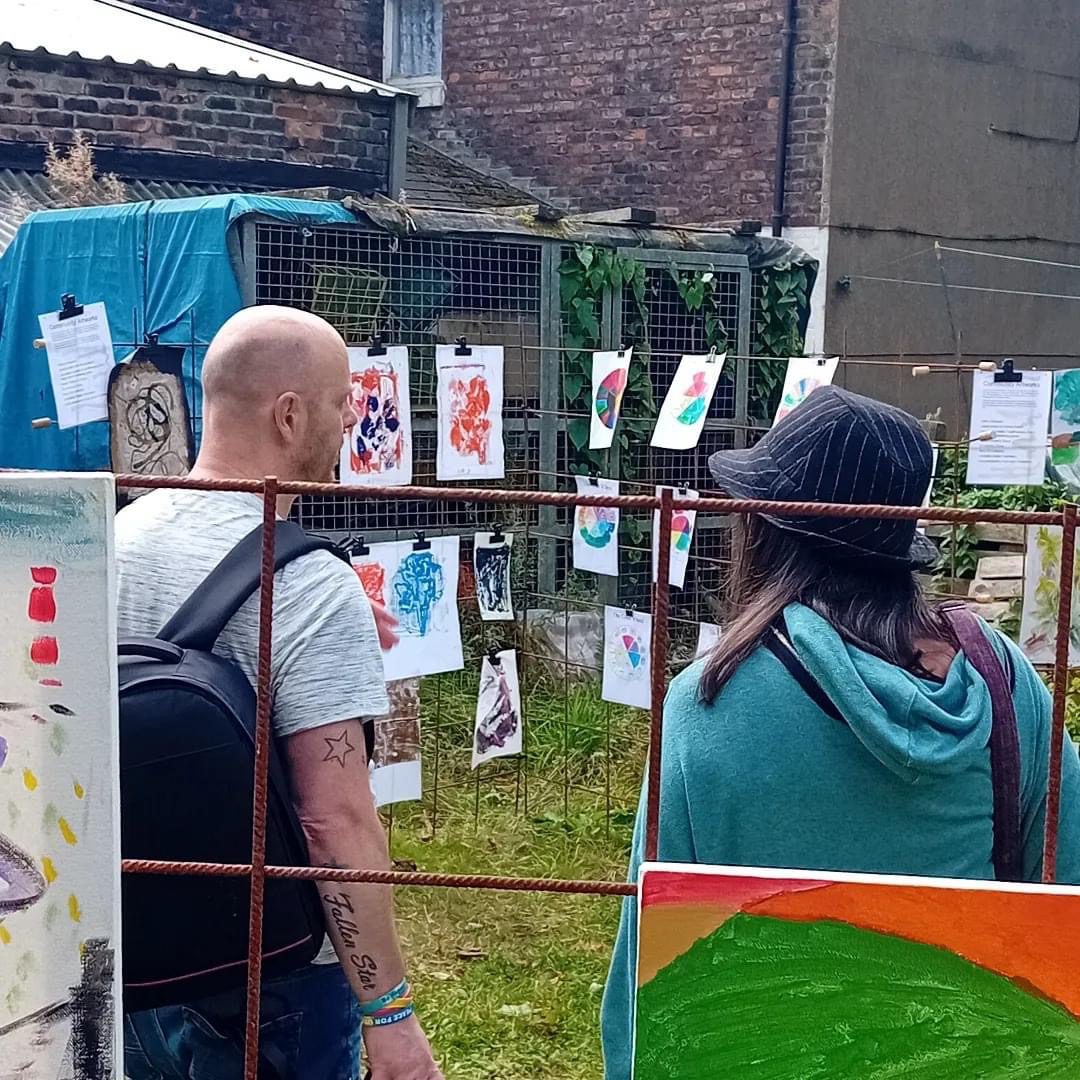
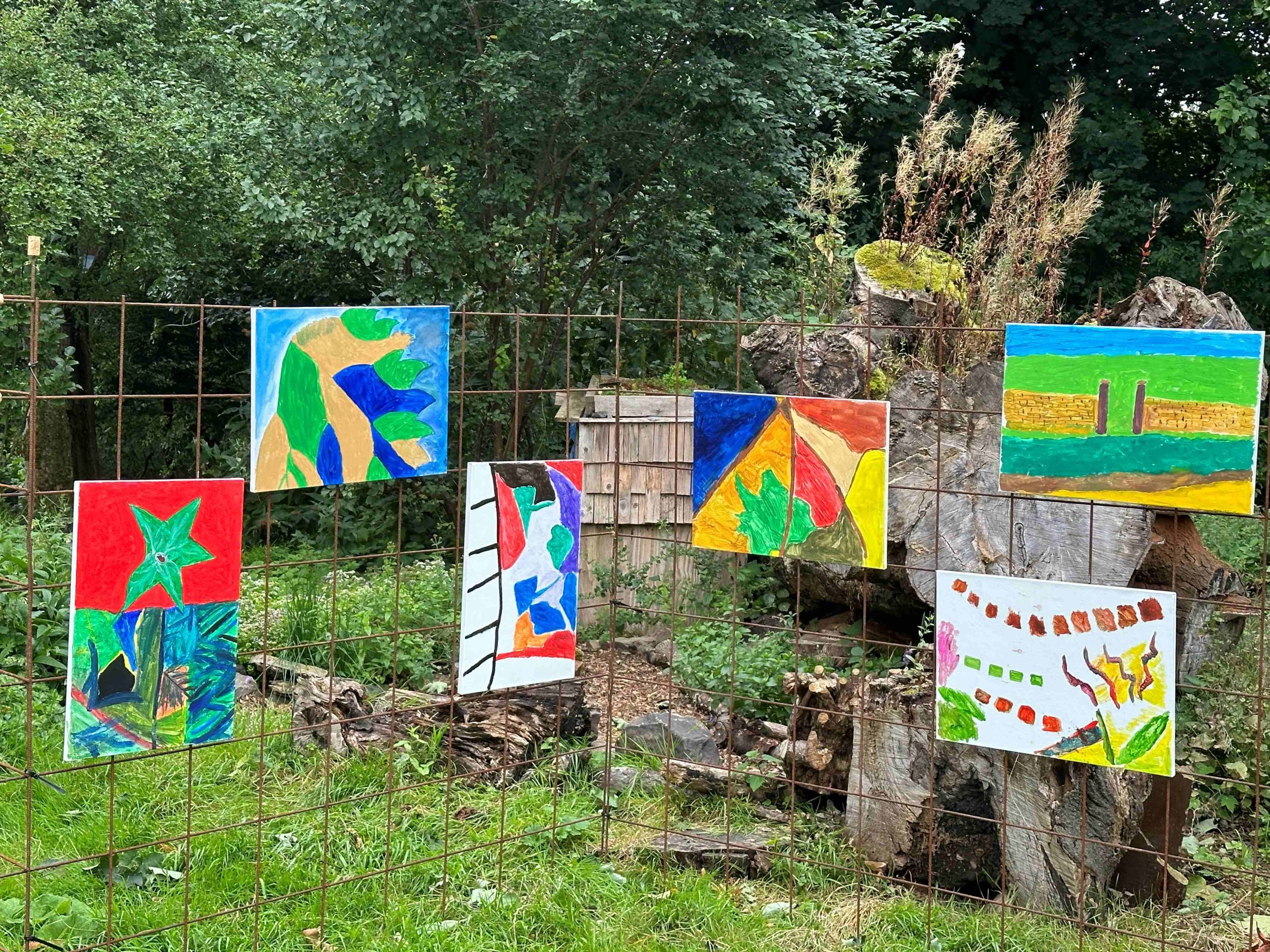
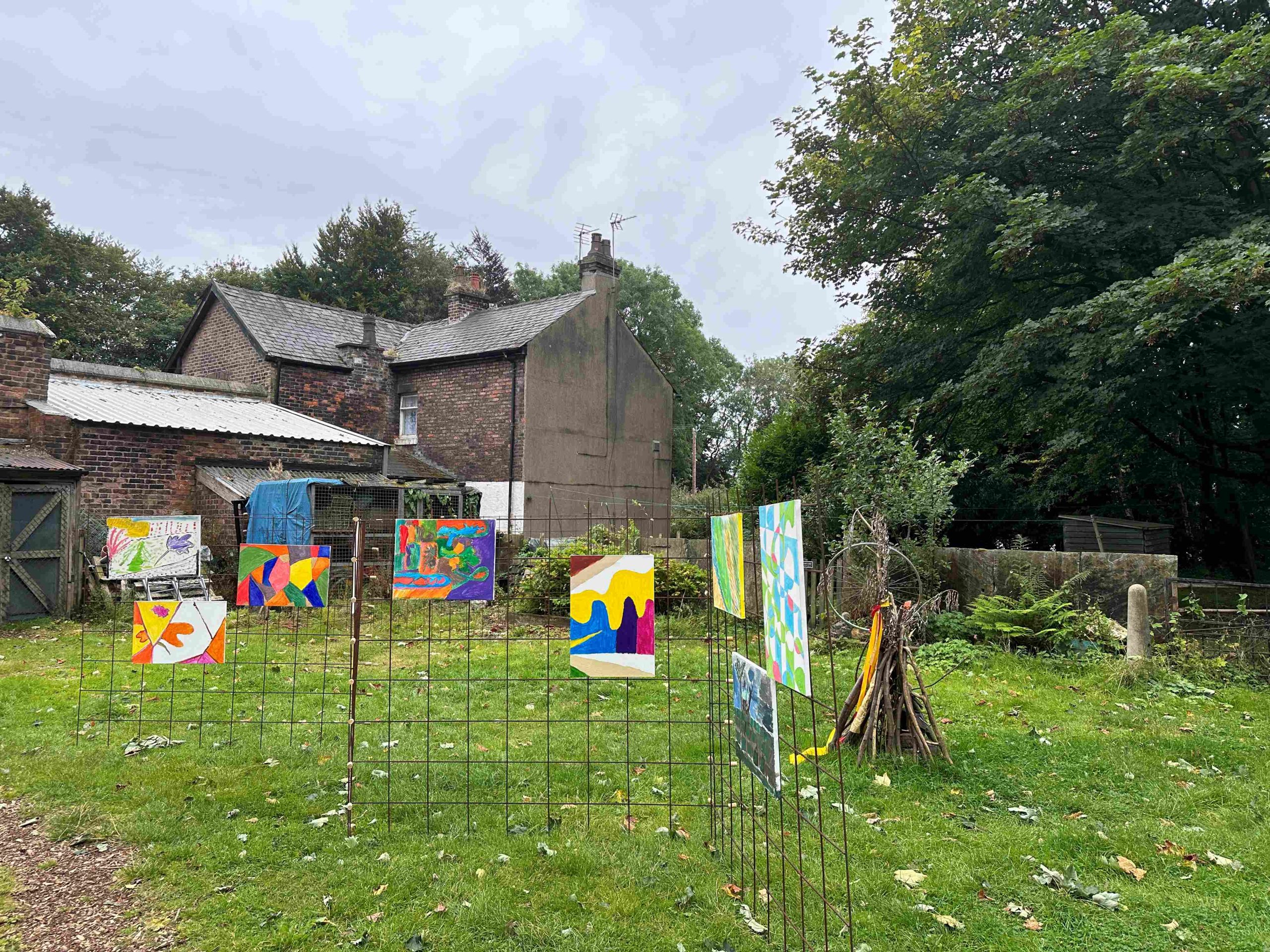
A path from here leads into the cobbled courtyard of The Barn where Louise mounts framed silkscreens of cars and the old Heaton Park communications tower erecting into the sky. Sketches, which were the workings out for the hangings, are clipped to the branches of bushes that climb the walls of The Barn, while an actual sketch book concertinas down an old wooden ladder.
The Barn itself is, indeed, an old barn, converted downstairs into a workshop for Incredible Edible and Friends of Philips Park volunteers to enhance the environment further, building benches and tables, and housing tools for managing the land. Upstairs has been used for everything from hosting wedding parties to teaching bike maintenance and ecology. For this exhibition it has been completely stripped, with artworks covering the walls, a triptych video showing air, sea and wind, and three more fabrics, one called Totally Wired, with a nod to Bury New Road’s The Fall.
Perhaps the most poignant artwork is outside, at the front of The Barn where a barren dead tree is covered in multi-coloured chains, while on the live tree next door a bright fabric hangs with the title The Last Minute…
…In this show, the symbolism is everywhere.
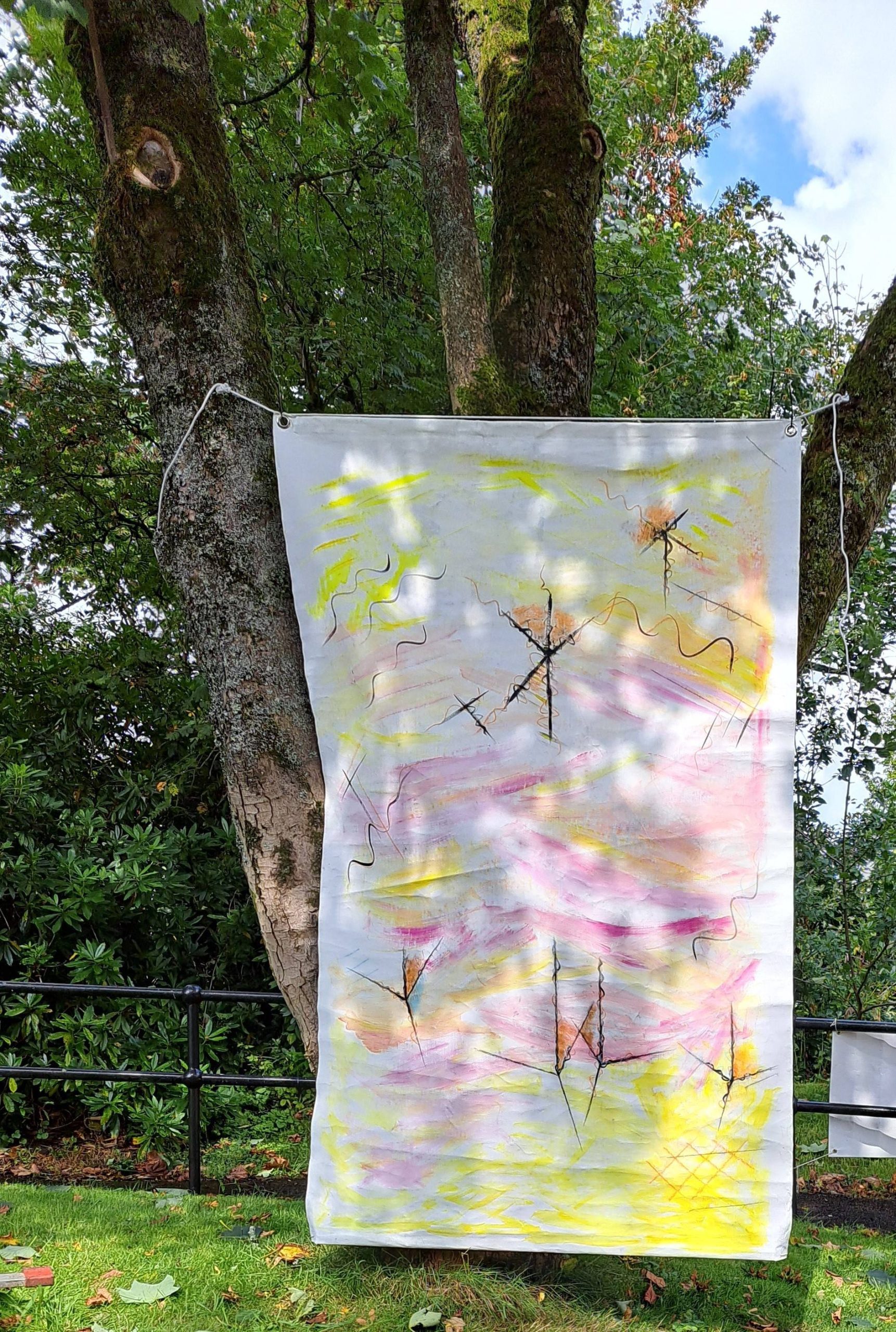
The Bury New Road project, run by Mary Burns Community Group, partnered with Incredible Edible Prestwich and District for the unique event, and thanks to an award from The National Lottery Community Fund which distributes money raised by National Lottery players for good causes, and the Parklife Community Fund, Louise held a dozen community workshops leading up to the exhibition. The Human Nature exhibition was curated by Luke Saxon and Louise Garman.
The groups Louise worked with ranged from the Lancashire Wildlife Trust/Pennine Care’s Nature and Wellbeing group, to Jewish Action for Mental Health, to the Home Schoolers and Co-workers groups, Bury Art Collective, Alevai Women’s Group and two open workshops.
Photographs are by Geoff Harris, Bryn Richards, Maria Brabiner, Stephen Kingston and Louise Garman
To see an online version of the Human Nature catalogue – click here
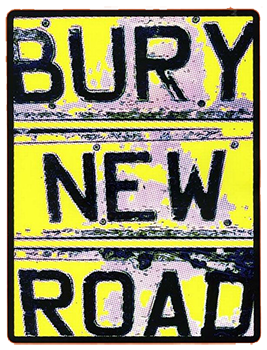
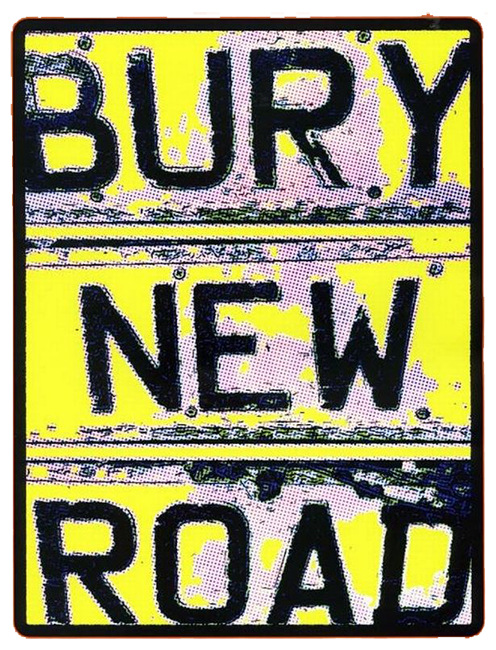
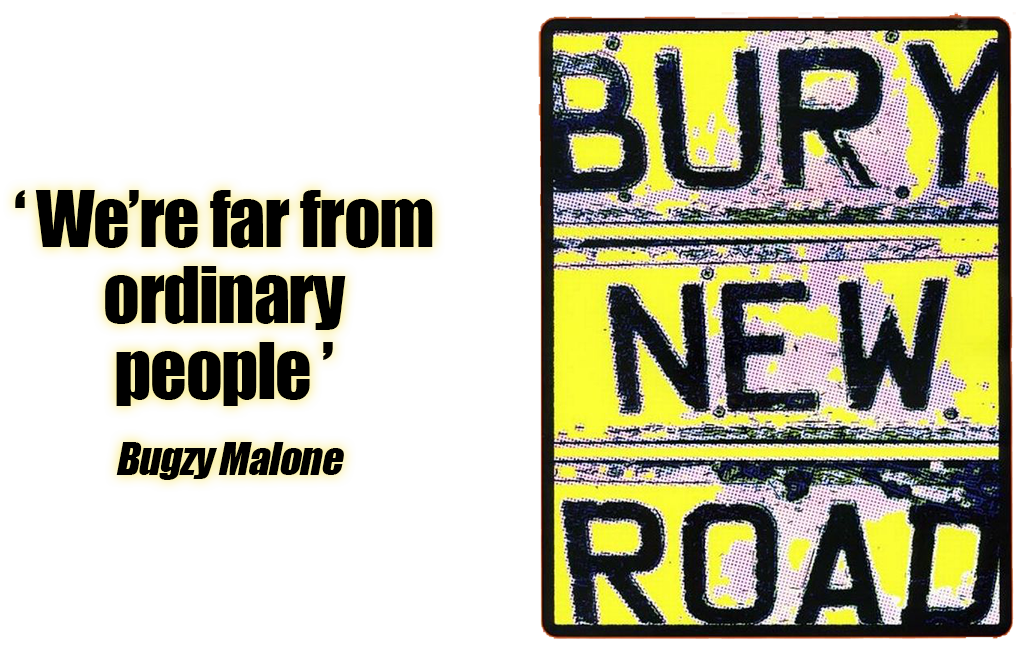

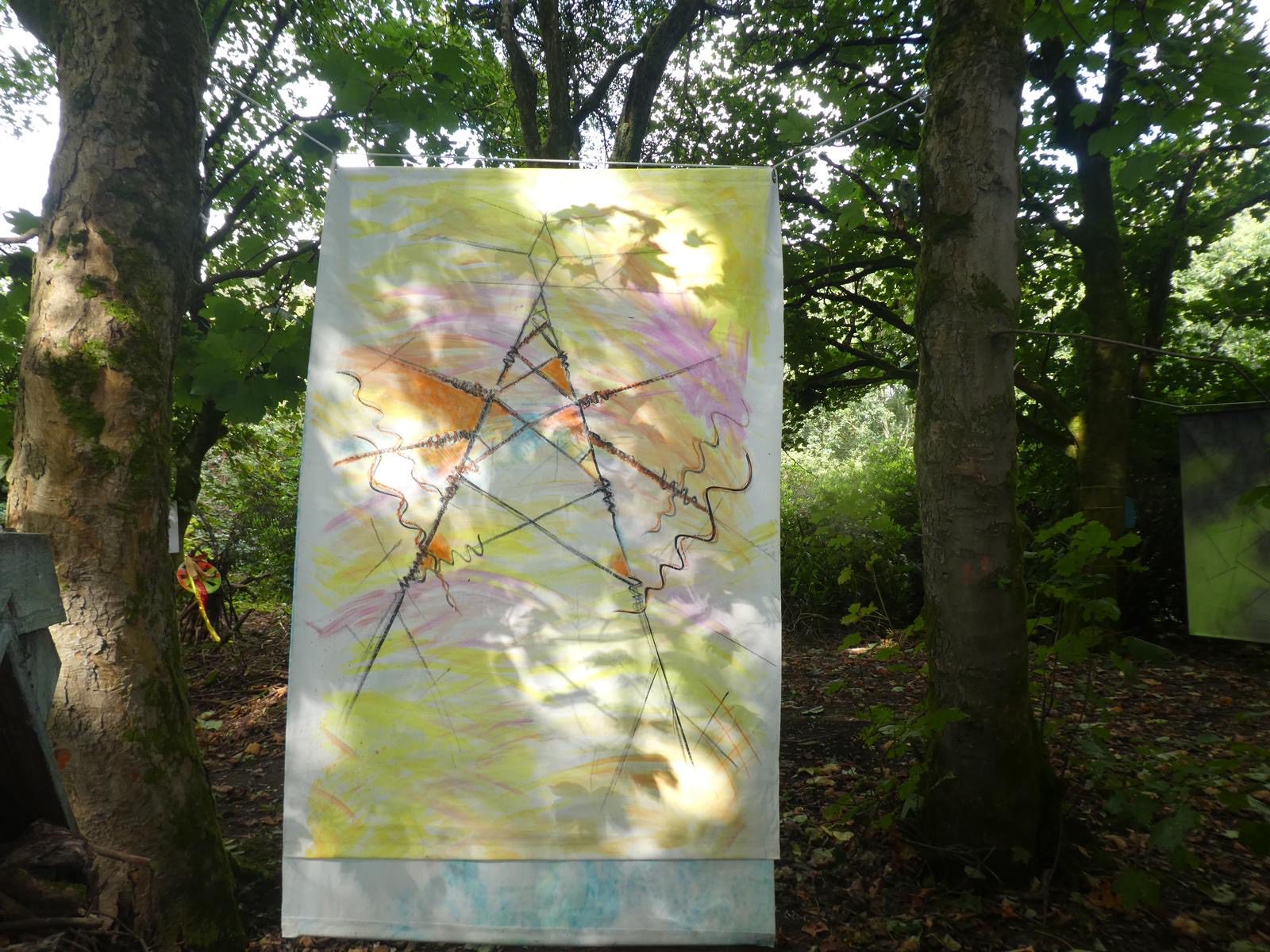
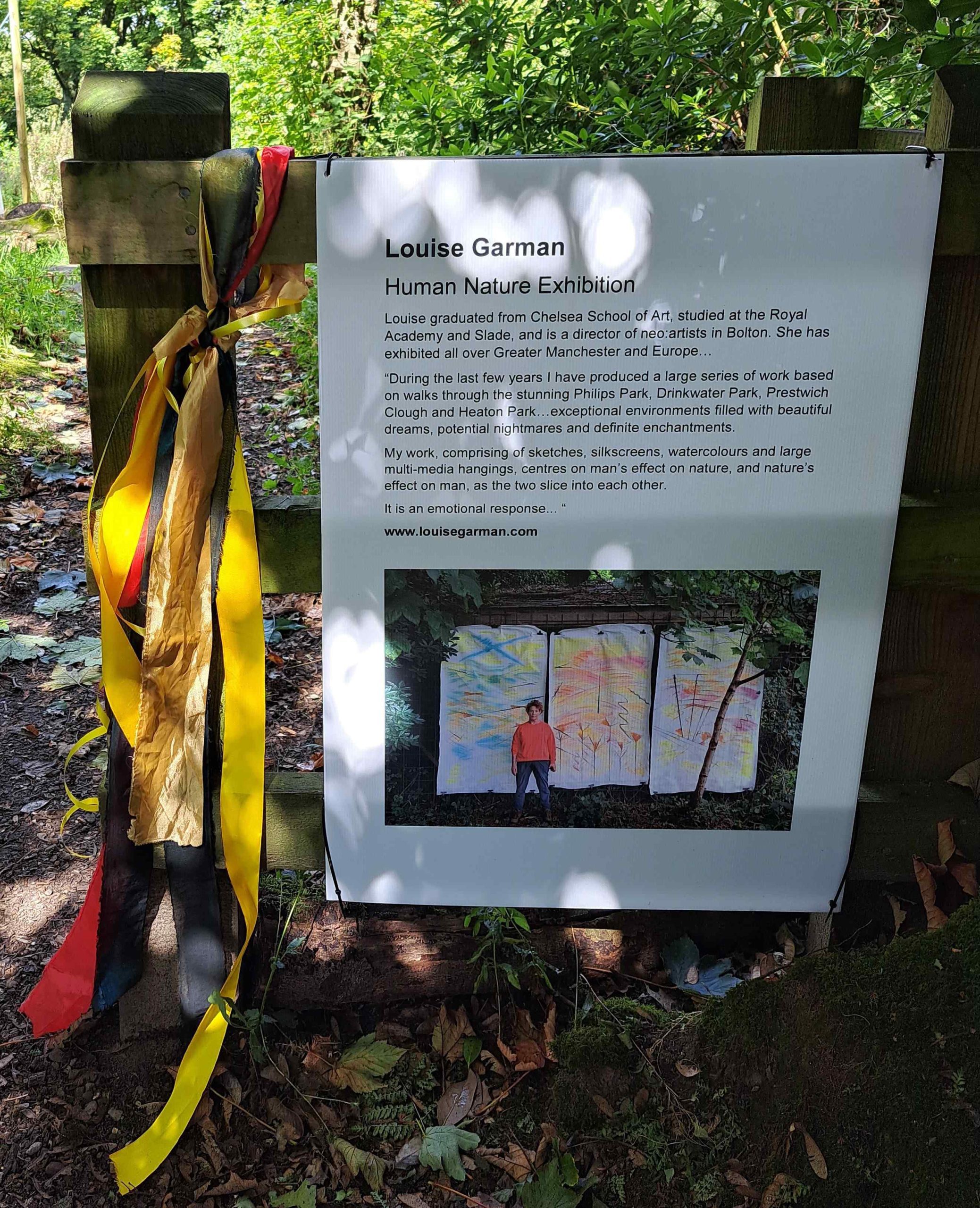












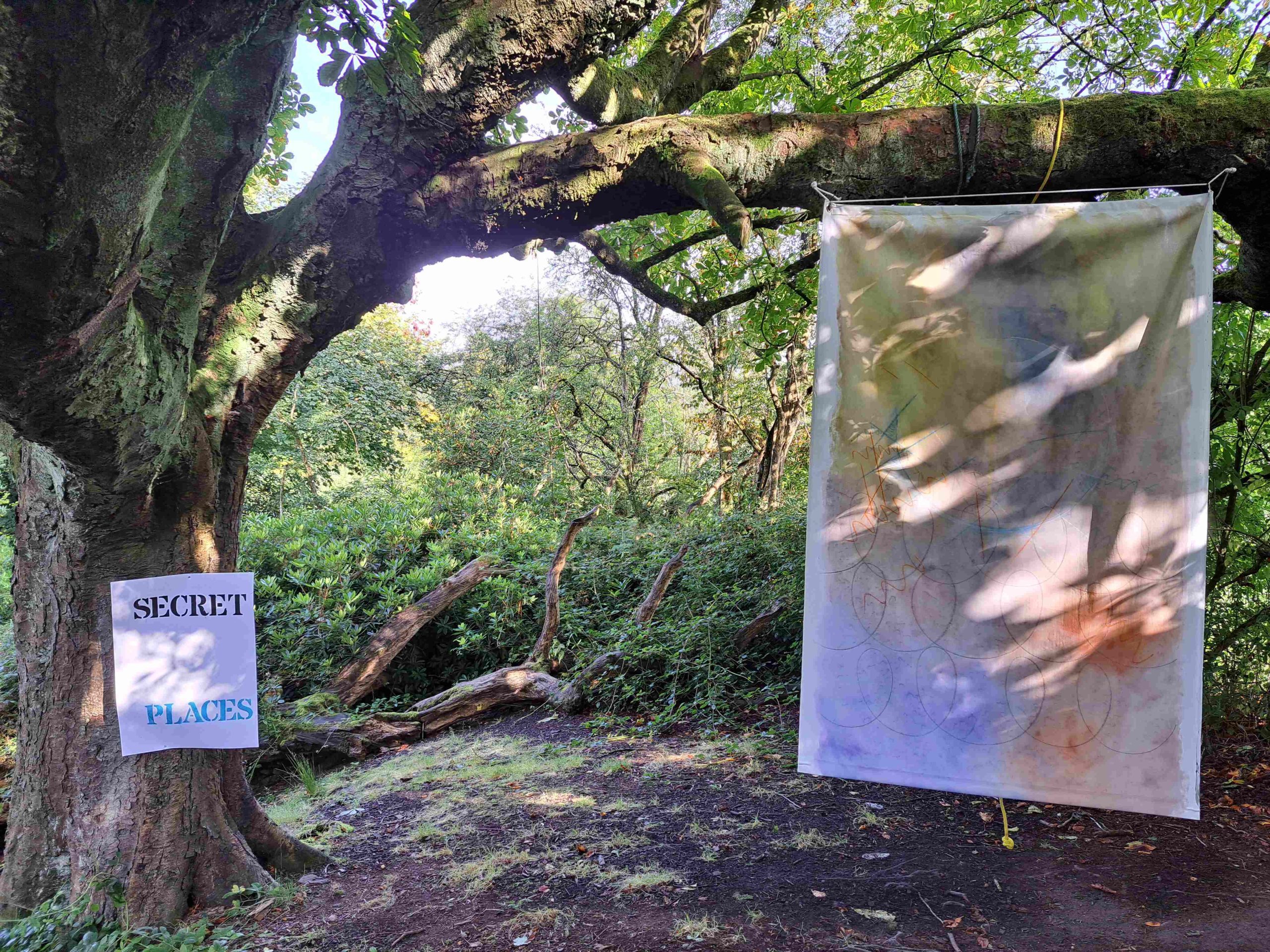
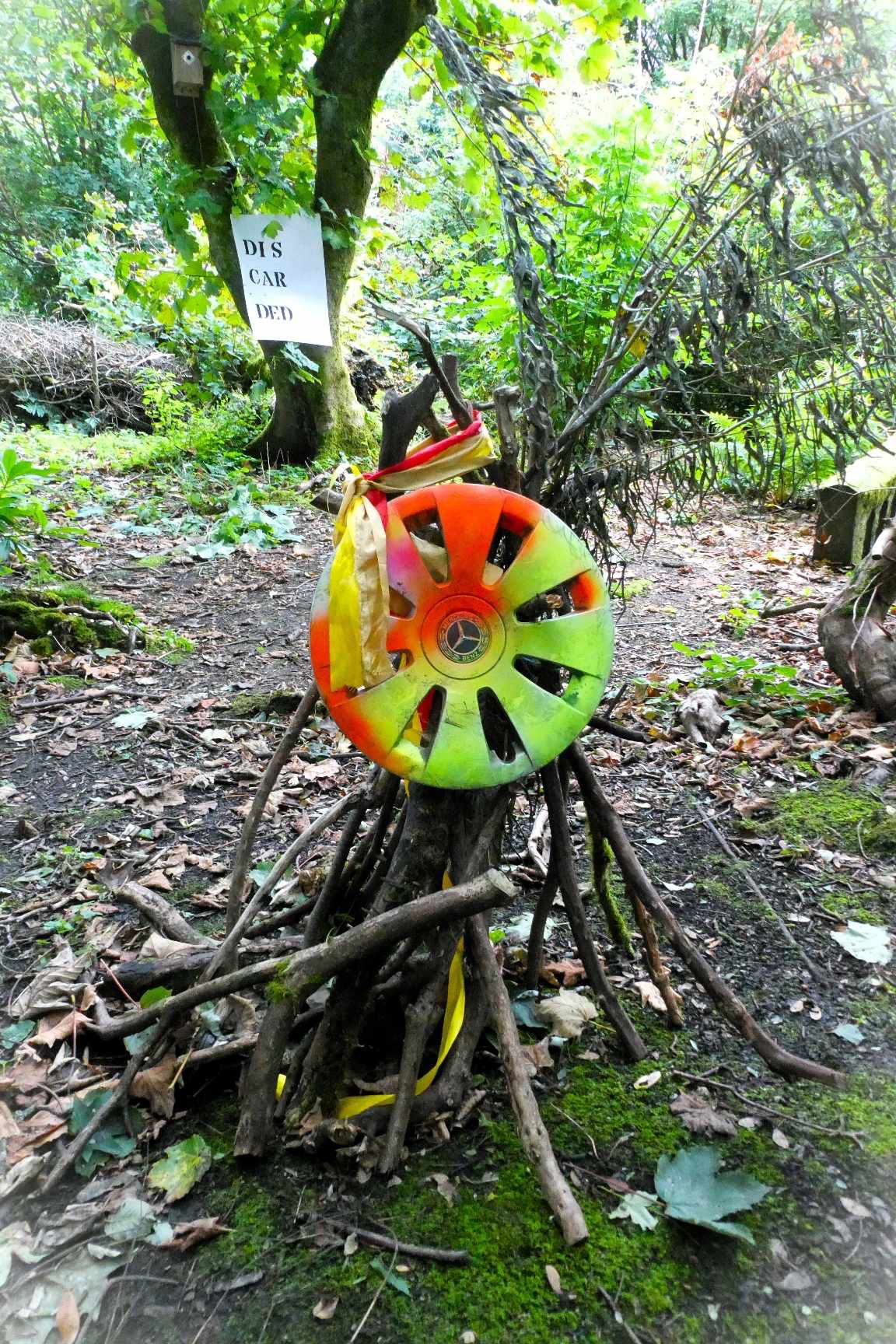
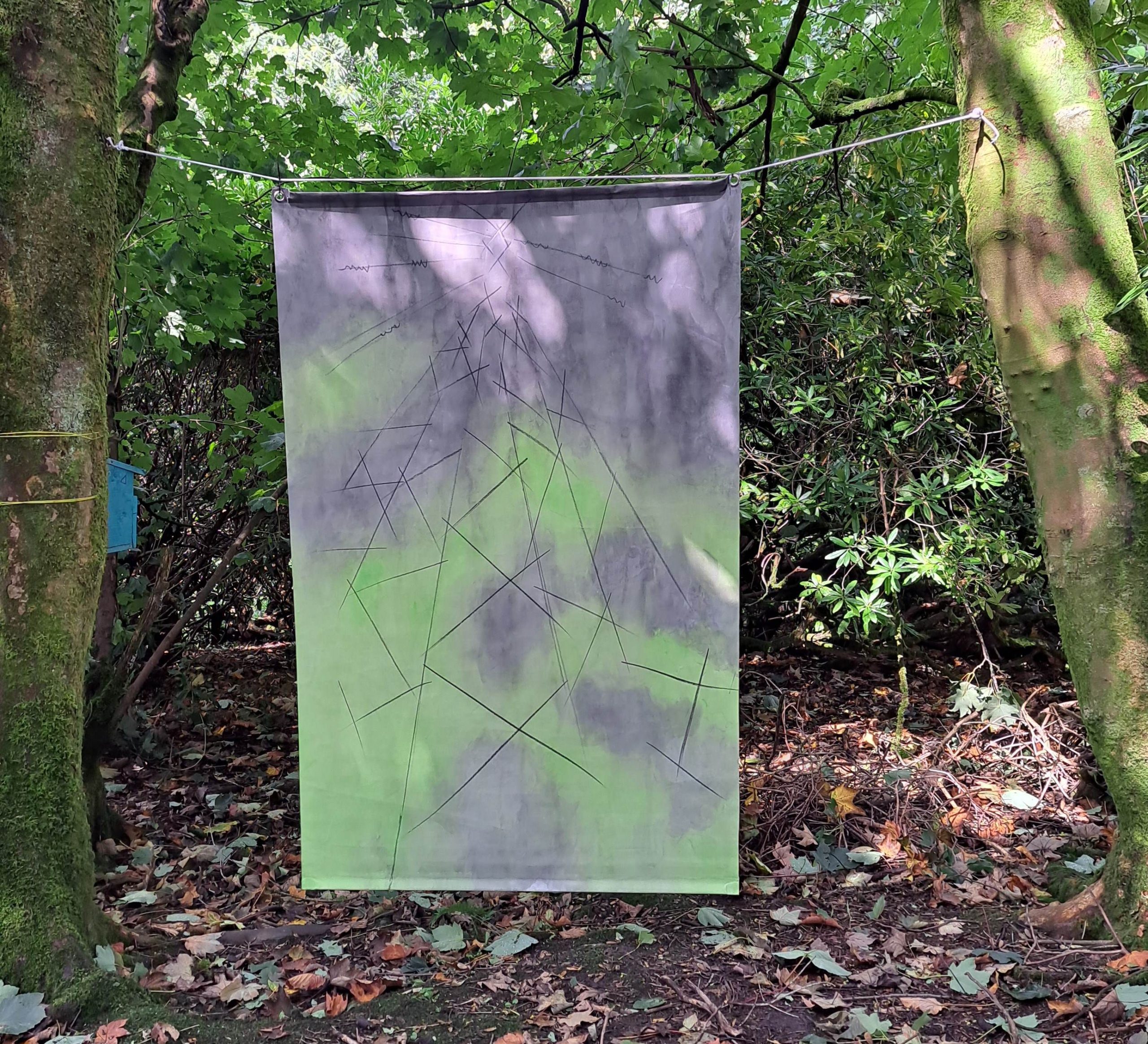
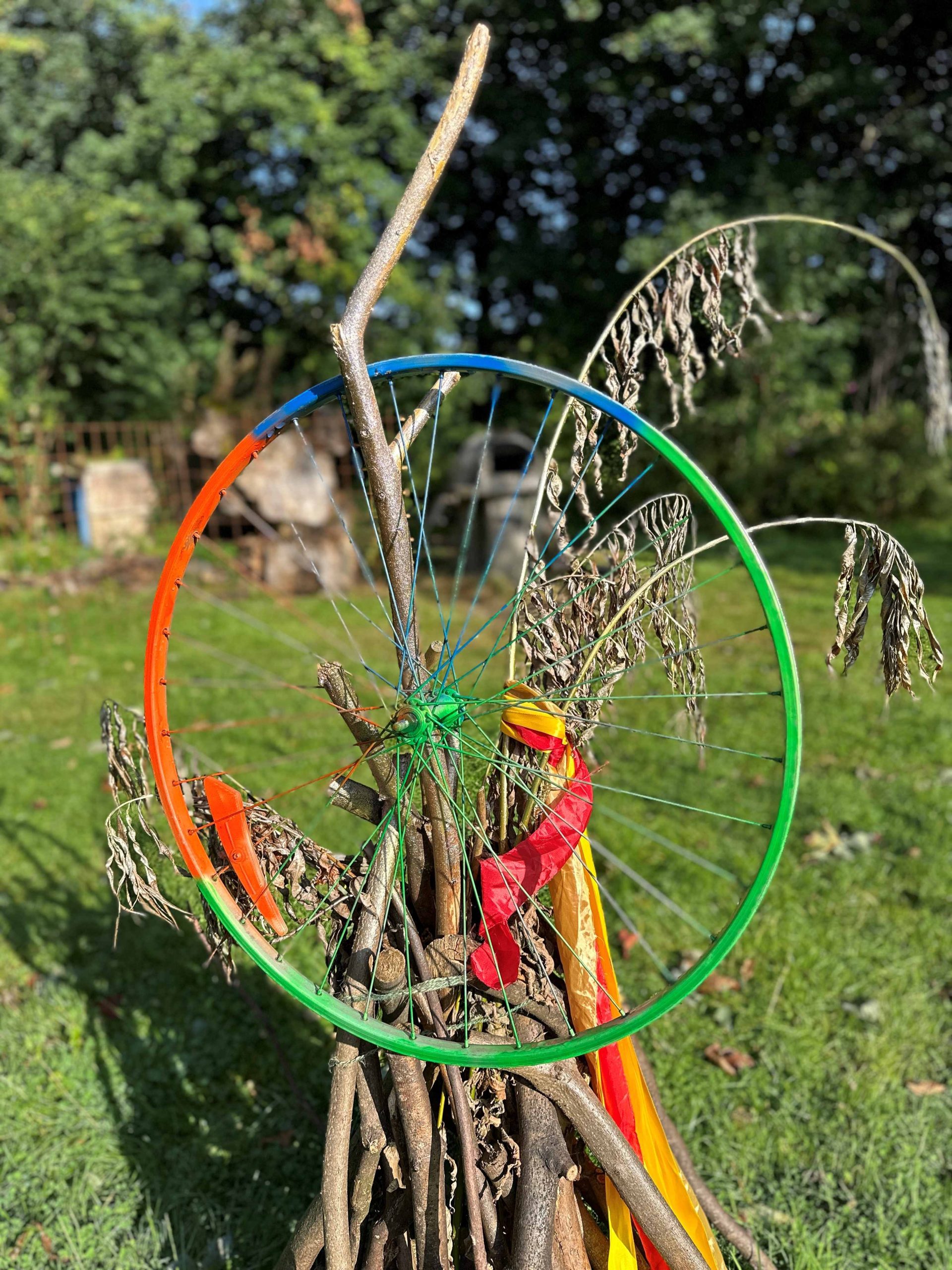
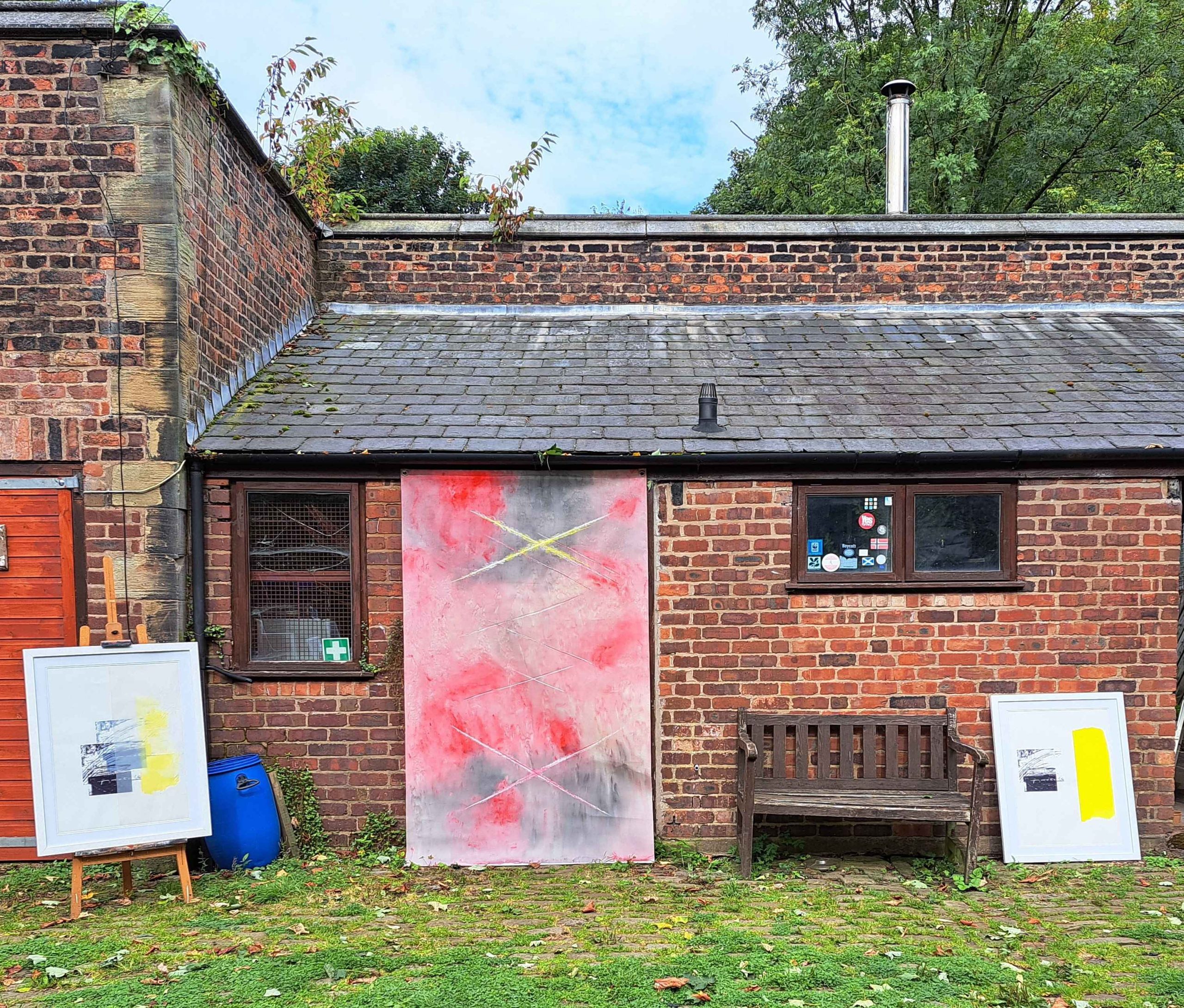
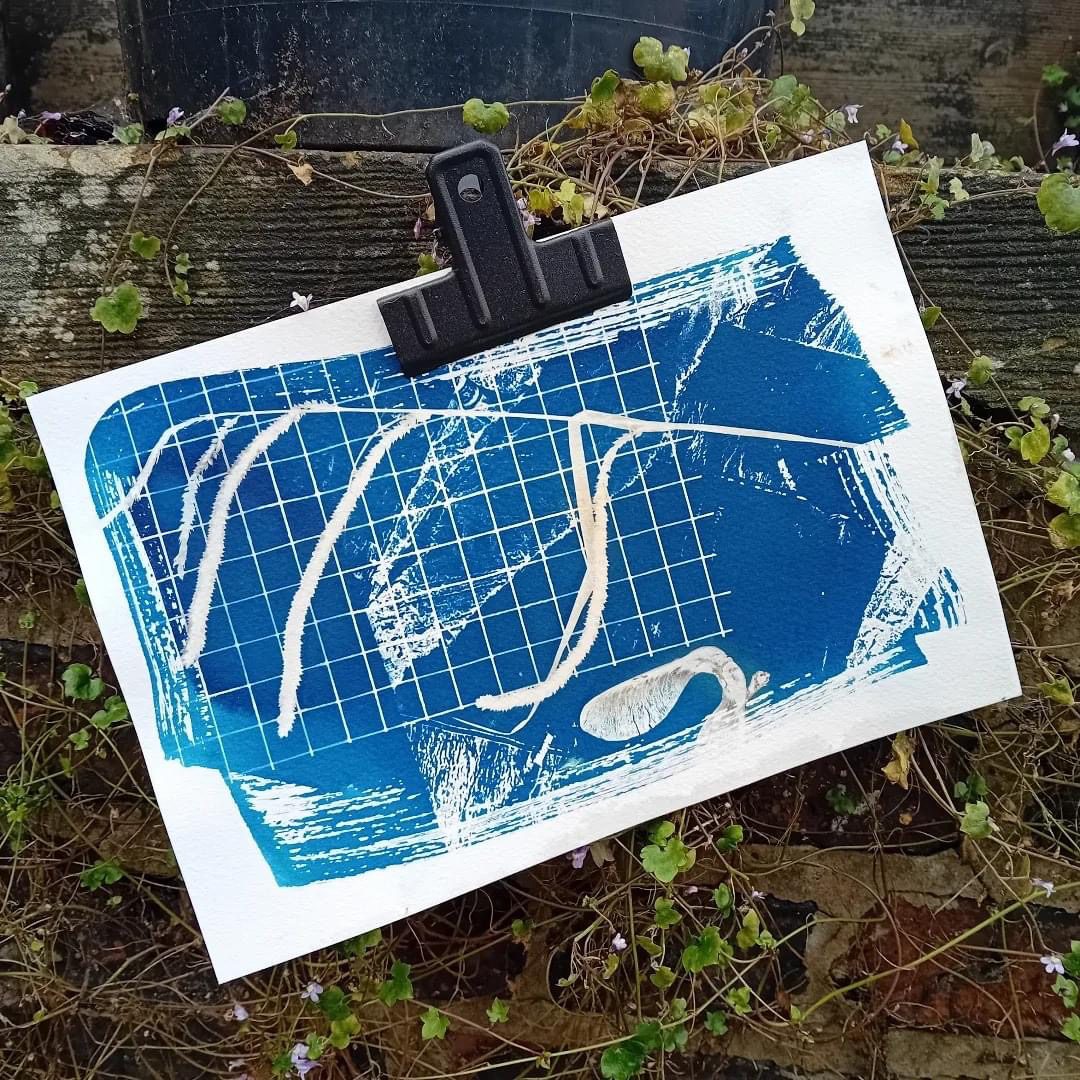
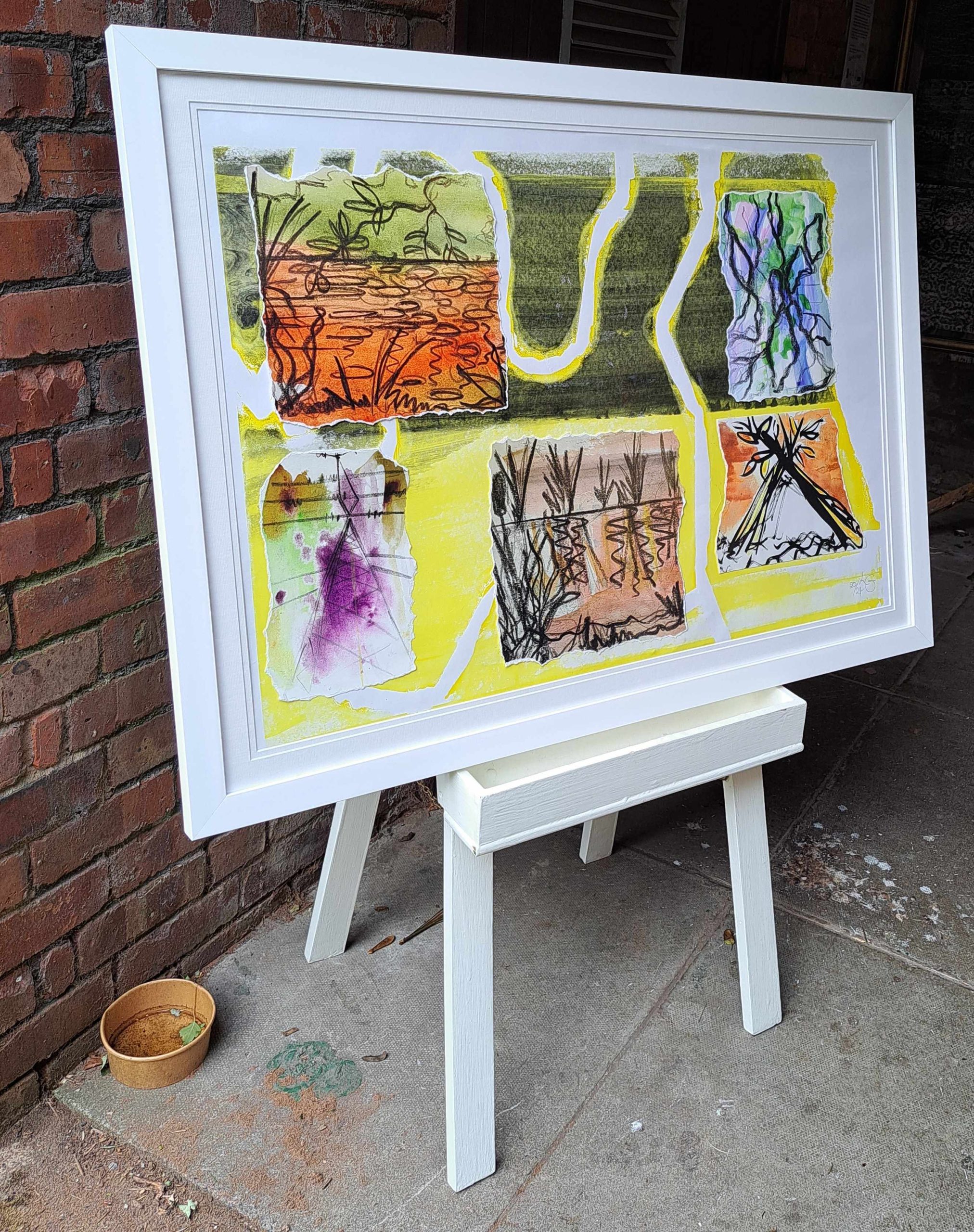
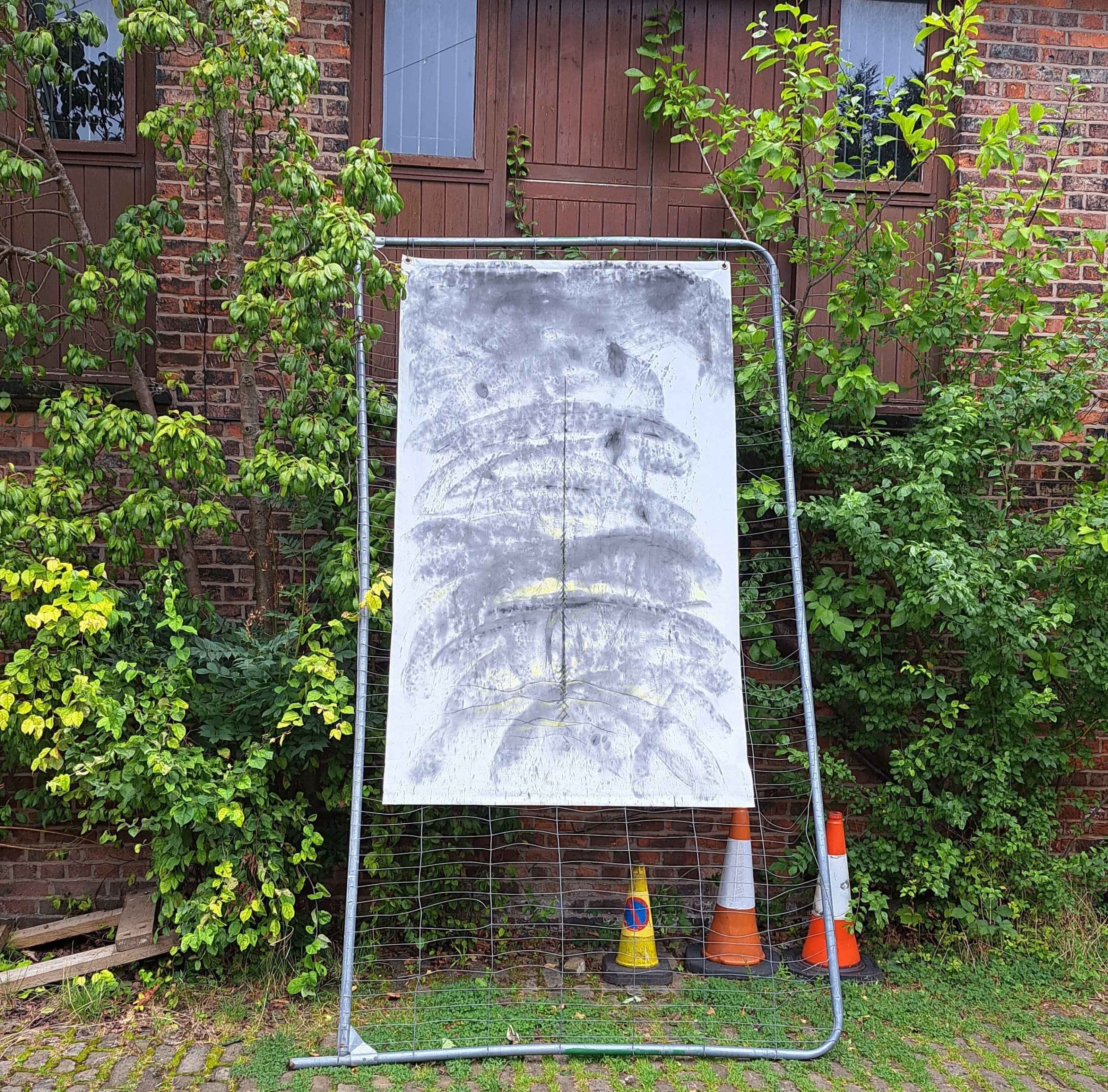
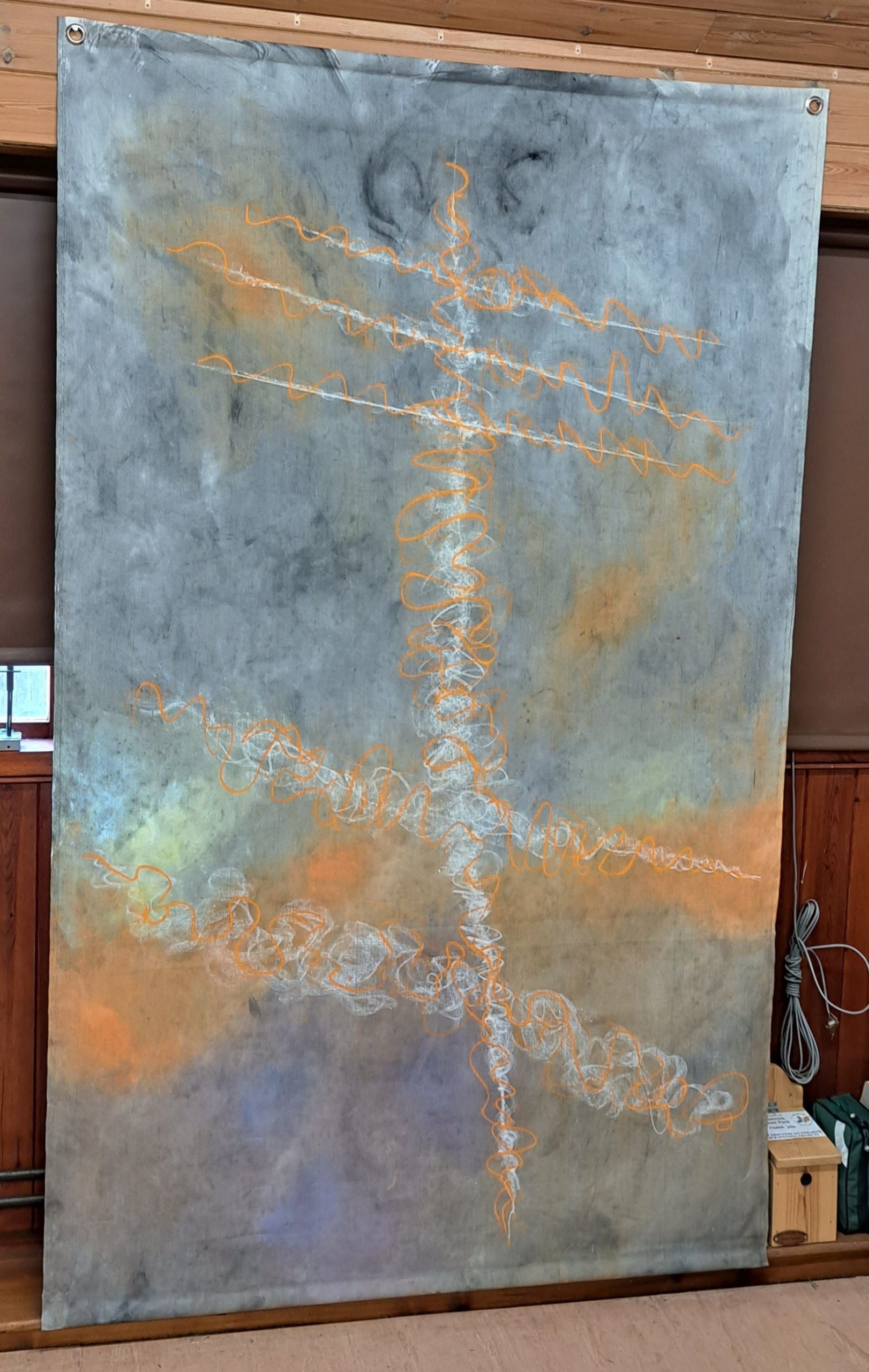
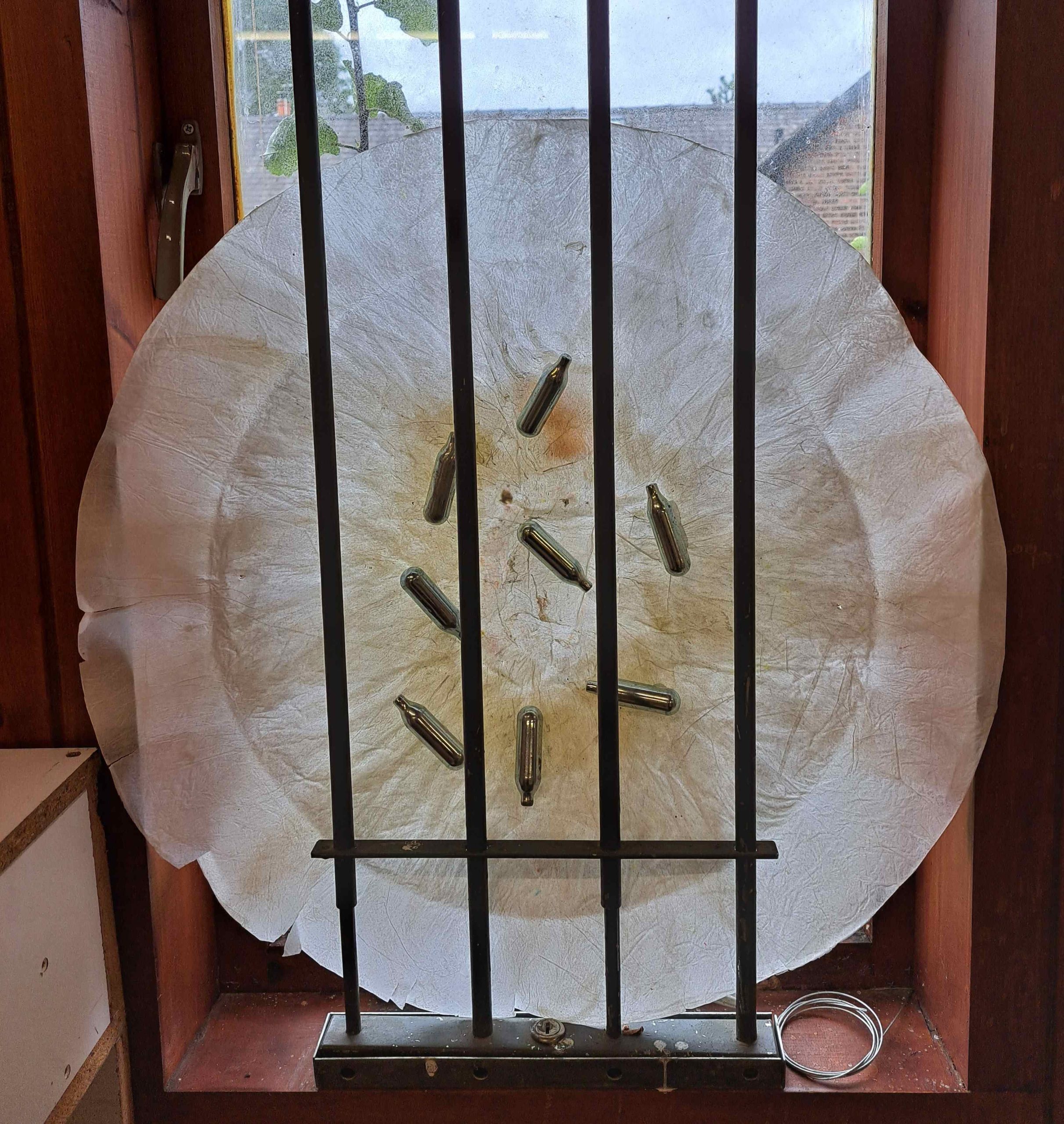
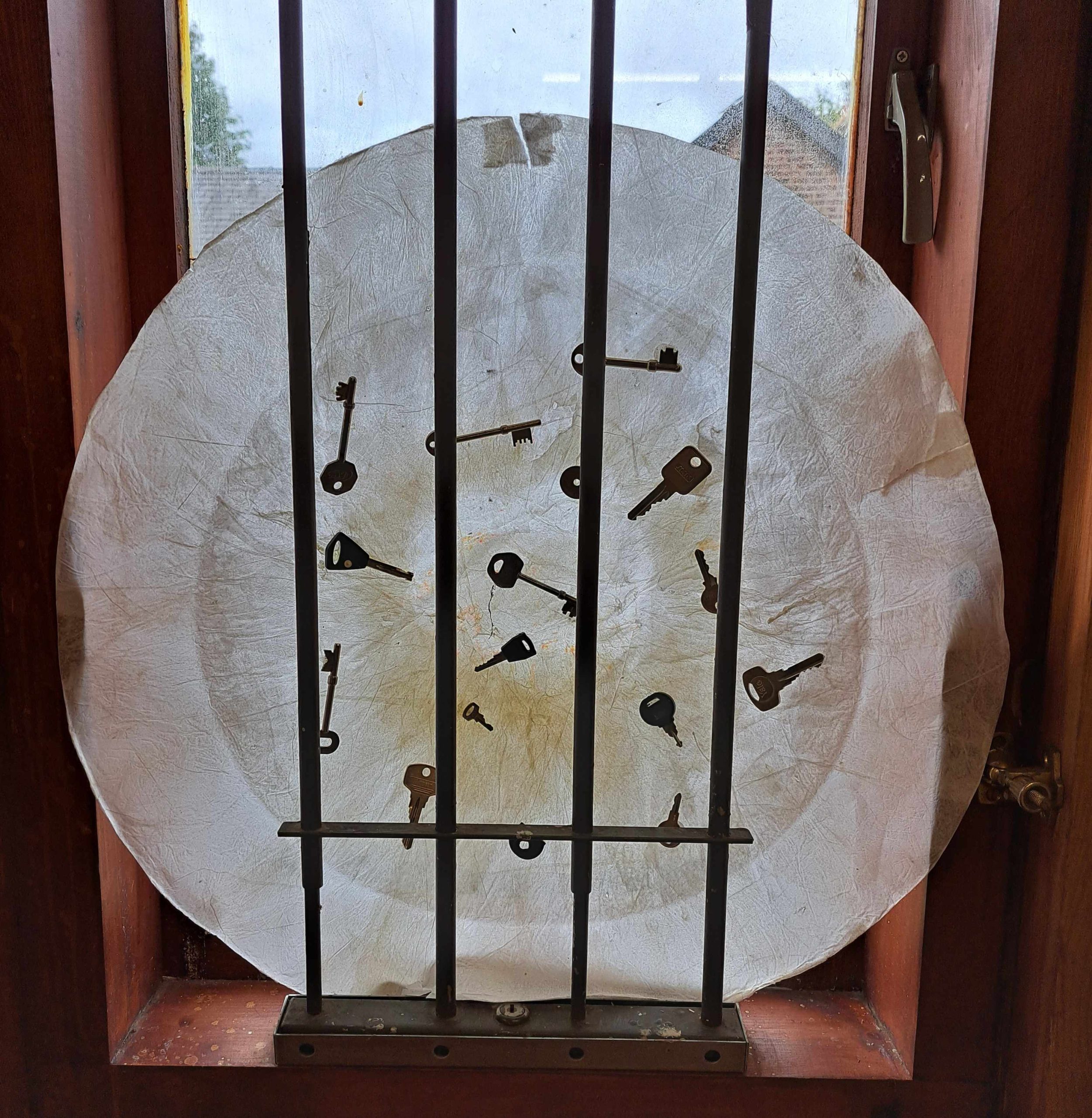
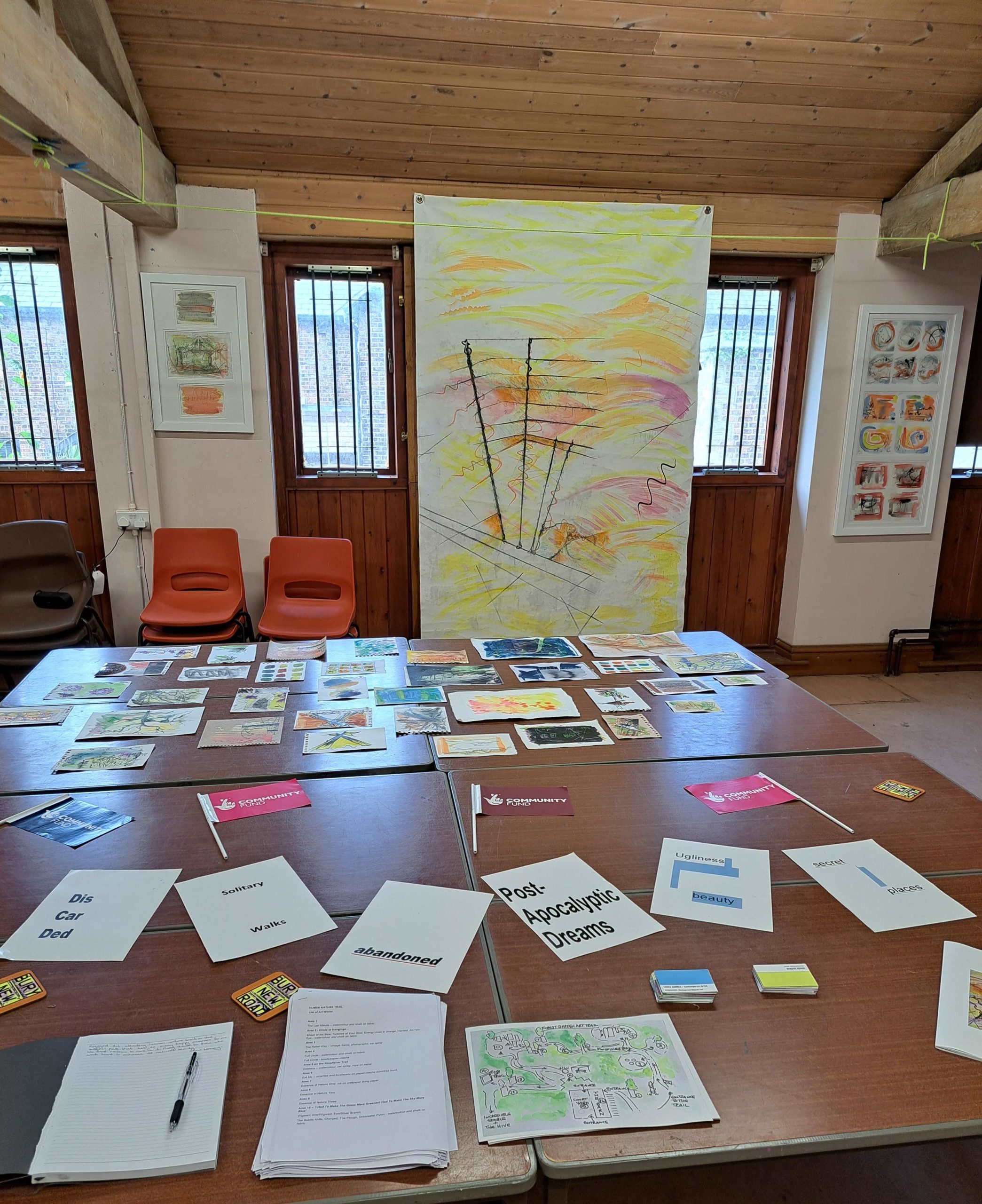
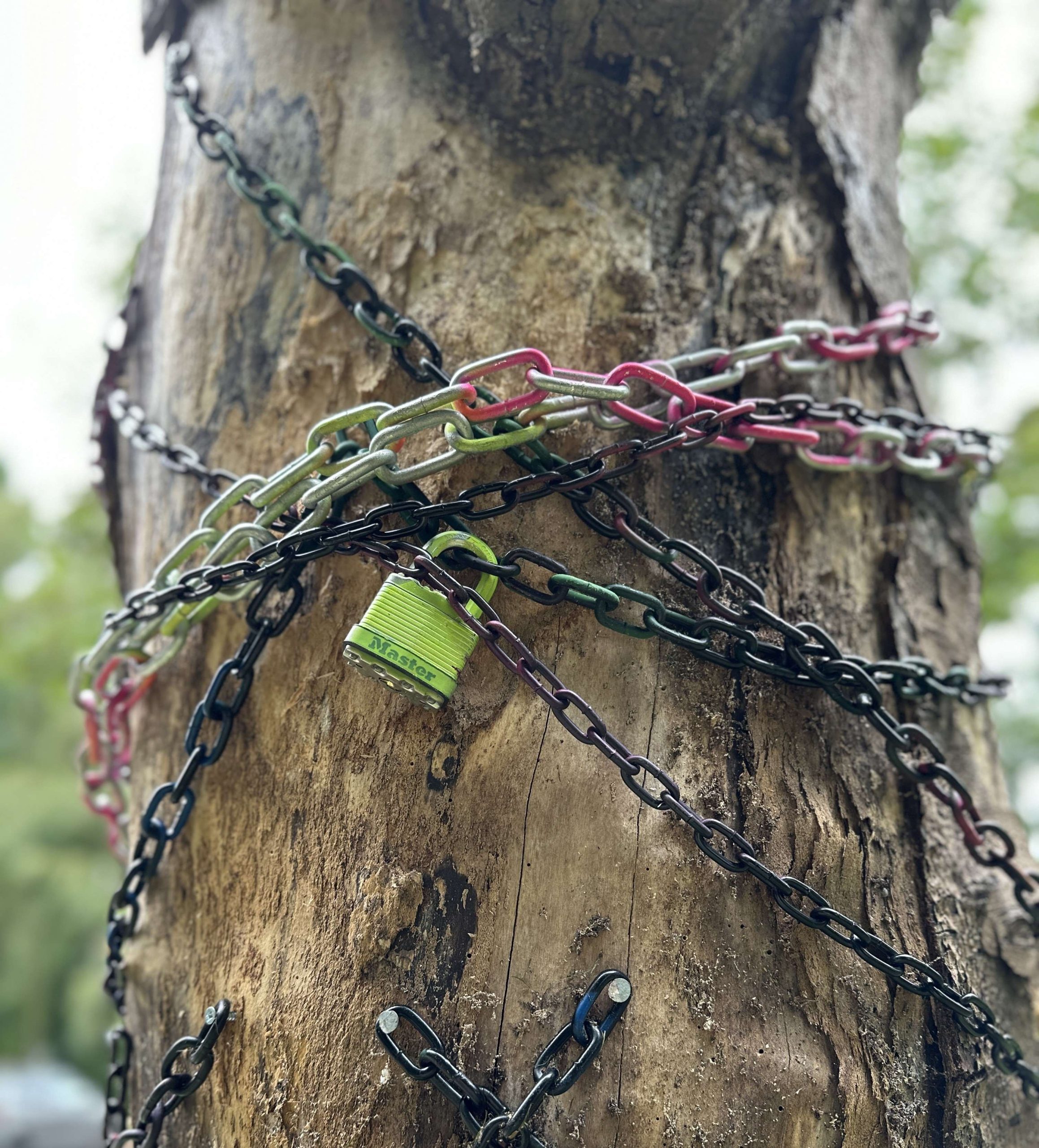
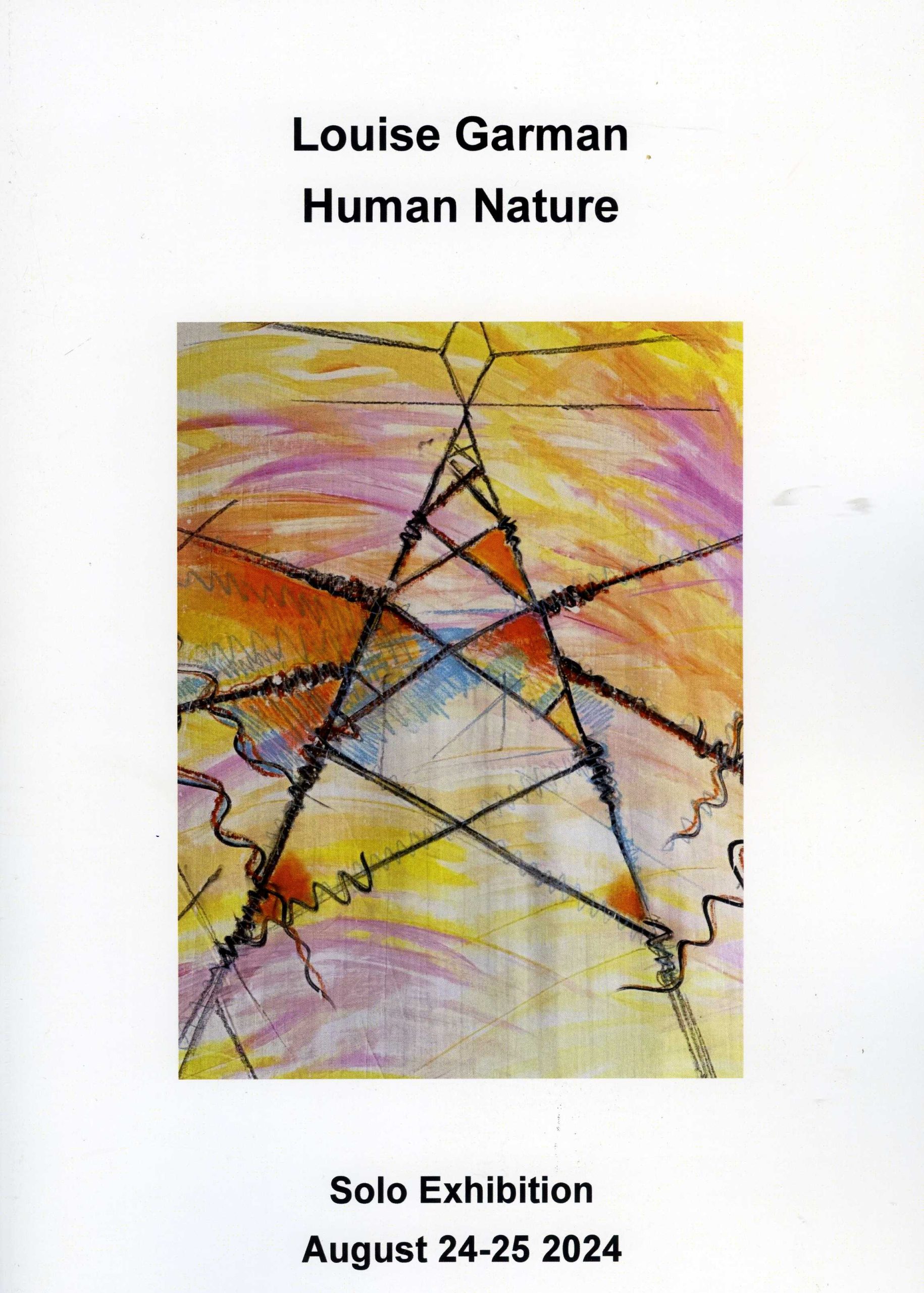
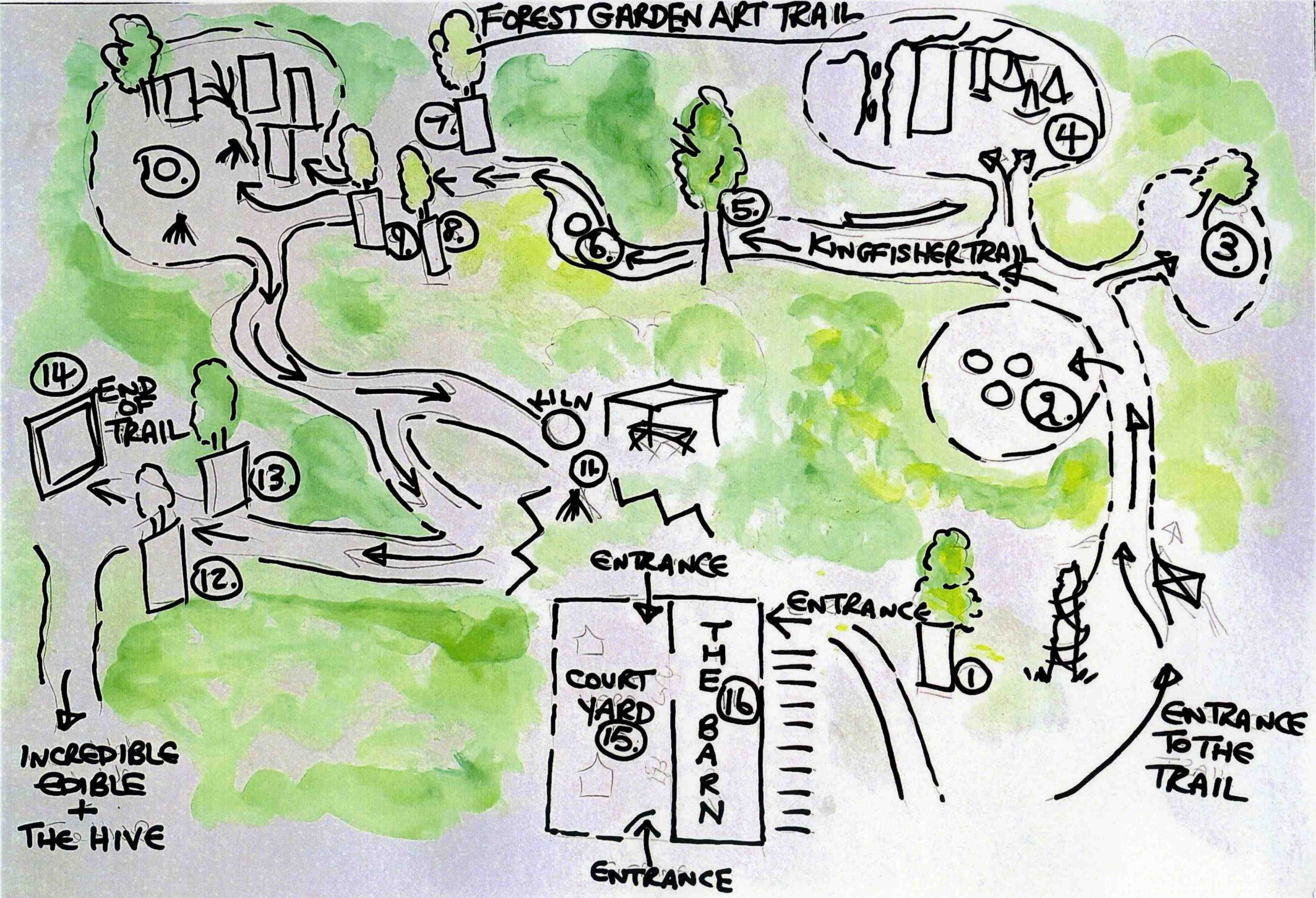
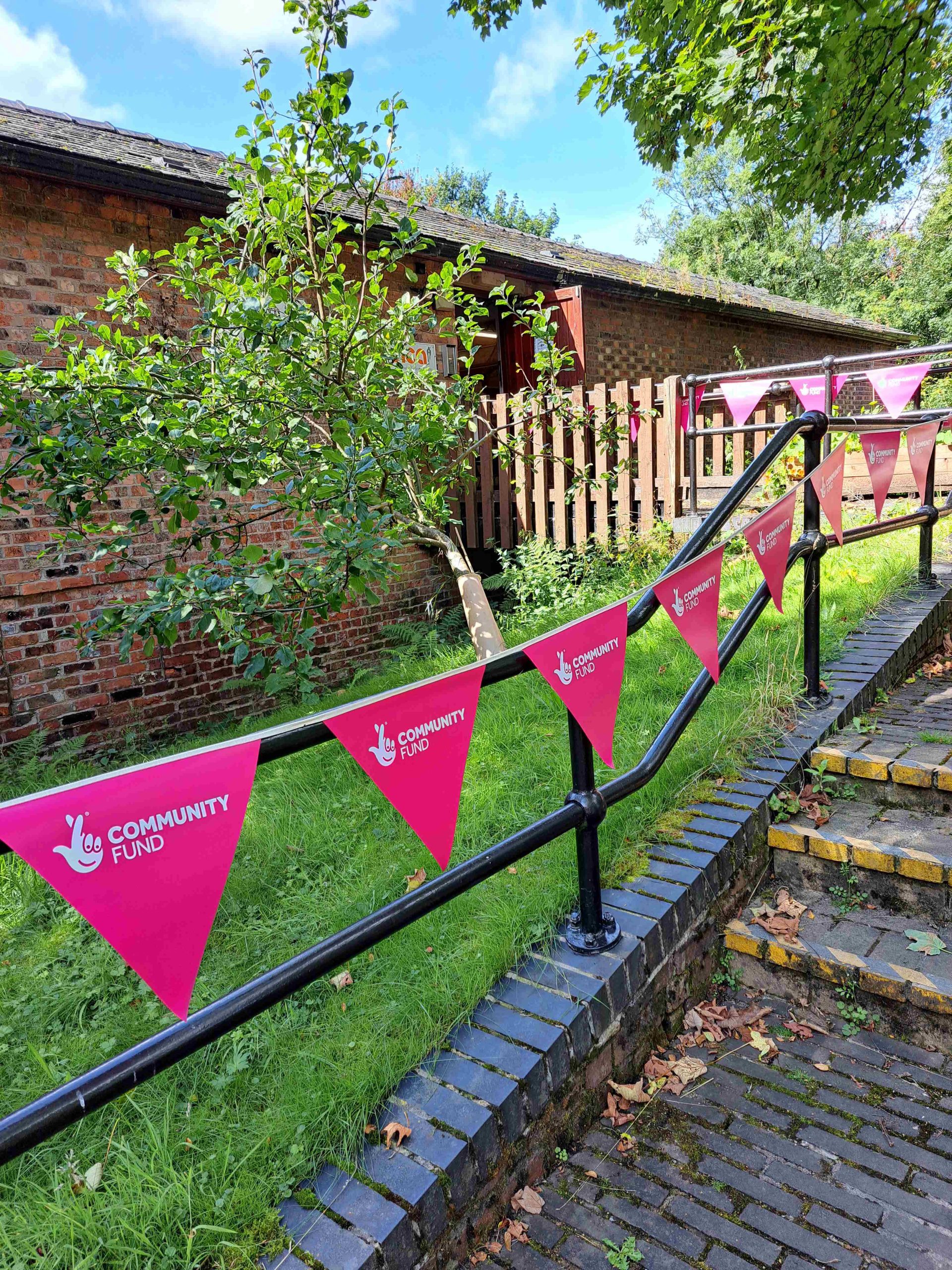
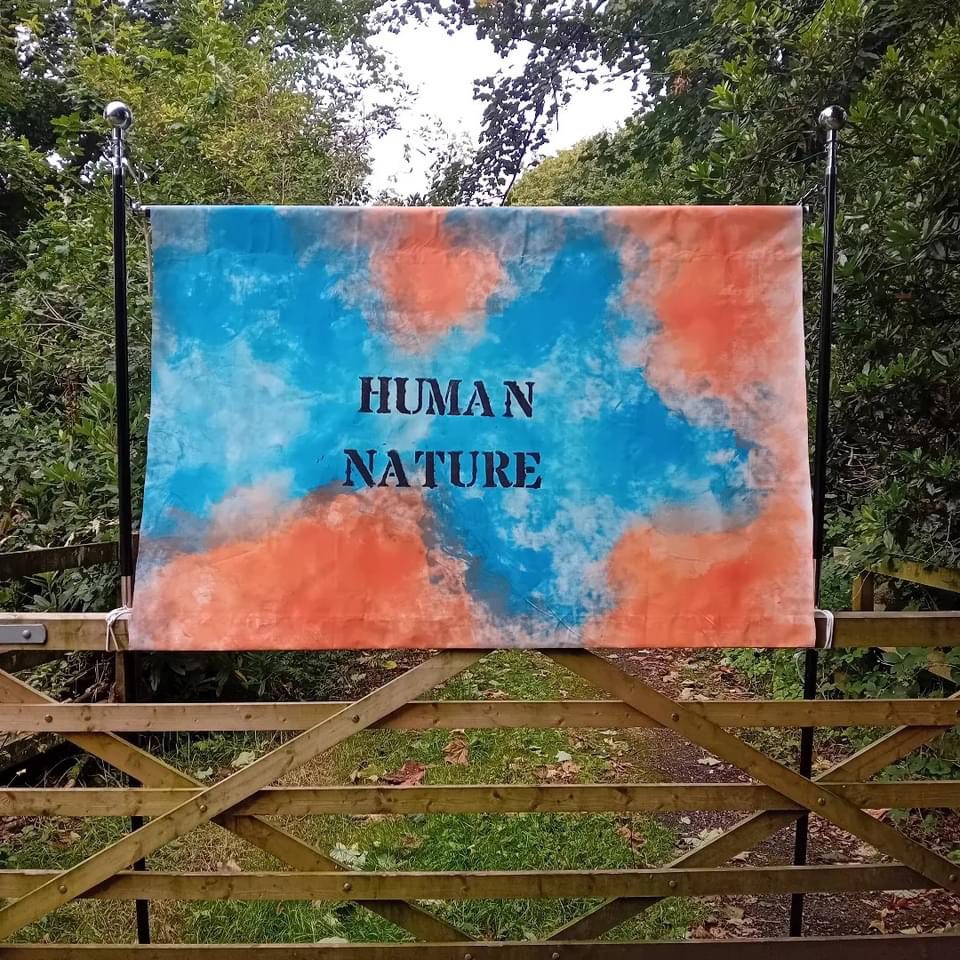




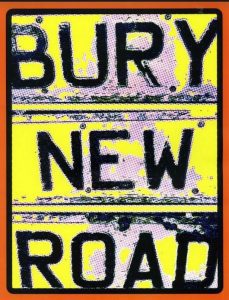
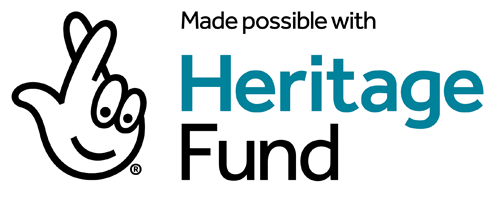


I really wish I had been able to attend this. The view which Louise captured in her piece ‘Constable Landscape and the M60’ is from same viewpoint that I have often stood to gaze upon the same vista. It gives you a feeling as if you are looking down on the twenty first century from a place in another time.
Thank you for this article and all those involved in supporting and funding It